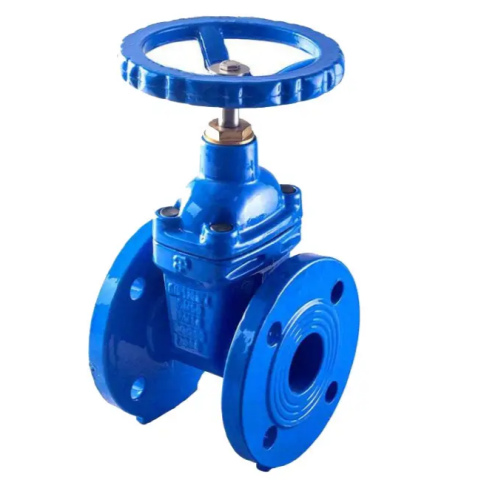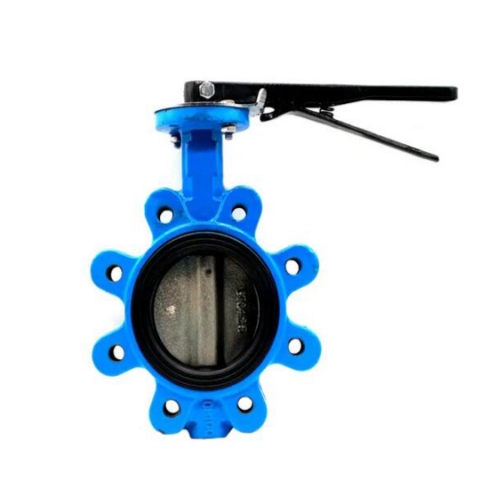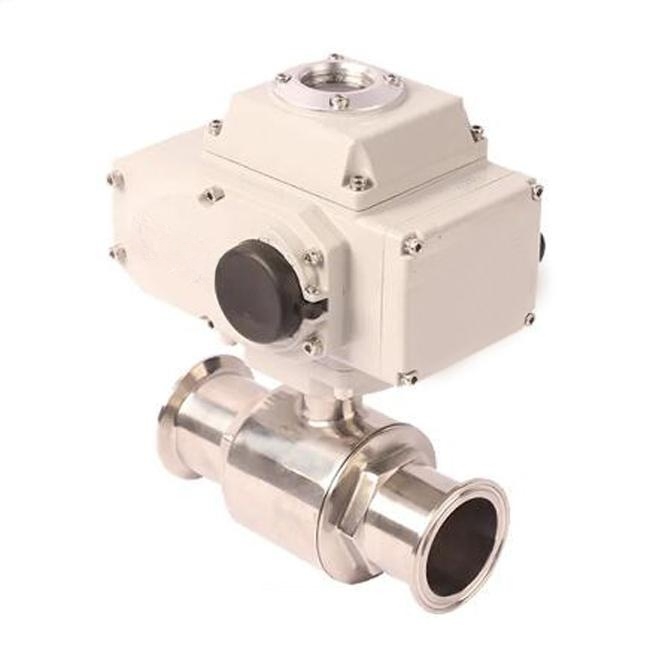
Privacy statement: Your privacy is very important to Us. Our company promises not to disclose your personal information to any external company with out your explicit permission.
Introduction to Valves
Valves are essential components in fluid control systems that regulate, control, and direct the flow of fluids such as liquids, gases, and slurries. They play a crucial role in various industries, including oil and gas, water treatment, chemical processing, power generation, HVAC, and many others. Valves are available in a wide range of types, designs, and sizes, each catering to specific application requirements.
Key Features:










Privacy statement: Your privacy is very important to Us. Our company promises not to disclose your personal information to any external company with out your explicit permission.

Fill in more information so that we can get in touch with you faster
Privacy statement: Your privacy is very important to Us. Our company promises not to disclose your personal information to any external company with out your explicit permission.